Home>Storage Ideas>Storage Baskets>What To Put In Hanging Baskets Besides Flowers
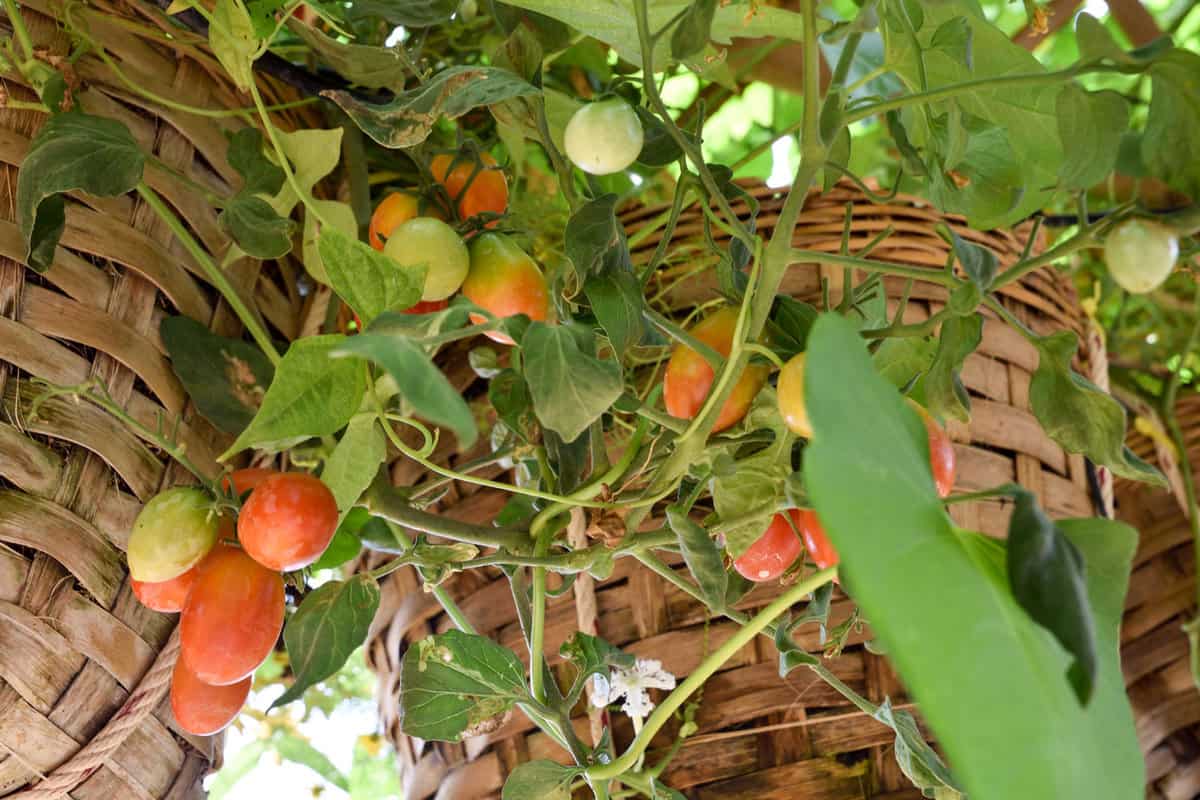

Storage Baskets
What To Put In Hanging Baskets Besides Flowers
Modified: January 9, 2024
Looking for creative ideas for hanging baskets? Discover unique options for storage baskets to add functionality and style to your space, beyond just flowers.
(Many of the links in this article redirect to a specific reviewed product. Your purchase of these products through affiliate links helps to generate commission for Storables.com, at no extra cost. Learn more)
Introduction
When it comes to hanging baskets, most people often think of beautiful flowers cascading down and adding a burst of color to their outdoor spaces. While flowers are undoubtedly a popular choice for hanging baskets, there are many other options that can be just as stunning. By incorporating non-flower fillers into your hanging baskets, you can create a unique and visually appealing display that goes beyond traditional floral arrangements.
Adding non-flower fillers to your hanging baskets not only provides a refreshing change from the usual floral arrangements but also offers a range of benefits. First and foremost, non-flower fillers can add texture, depth, and visual interest to your hanging baskets. They can serve as a backdrop to accentuate the flowers or become the focal point of the arrangement themselves.
Another advantage of using non-flower fillers is their ability to provide a longer-lasting display. While flowers may bloom for a limited period of time, non-flower fillers, such as foliage plants and succulents, can maintain their lush appearance throughout the season, ensuring that your hanging baskets look beautiful for months on end.
Furthermore, incorporating non-flower fillers allows for greater versatility and creativity in designing your hanging baskets. You can play with different textures, heights, and colors, creating visually stunning combinations that reflect your personal style and preferences. Whether you prefer a lush and tropical theme or a sleek and contemporary look, the possibilities are endless when it comes to using non-flower fillers.
Before planting non-flower fillers in your hanging baskets, there are a few considerations to keep in mind. First, assess the lighting conditions in the area where the hanging baskets will be displayed. Different non-flower fillers have varying light requirements, so it’s important to choose plants that will thrive in the available sunlight. Additionally, consider the size and weight of the hanging basket, as some non-flower fillers may have more substantial root systems or require additional support.
In this article, we will explore a variety of suitable non-flower fillers for hanging baskets. From foliage plants to ornamental grasses, succulents to herbs and vegetables, trailing plants to filler plants, you’ll discover an array of options to enhance your hanging basket designs. So let’s dive in and uncover the wonderful world of non-flower fillers for hanging baskets!
Key Takeaways:
- Elevate your hanging baskets with non-flower fillers like foliage plants, ornamental grasses, succulents, and herbs. Create visually captivating displays with long-lasting beauty and endless creative possibilities.
- Care for your hanging baskets with non-flower fillers by providing proper watering, fertilizing, pruning, and pest control. Embrace the unique beauty and functionality of non-flower fillers for vibrant outdoor spaces.
Read more: What To Put In Vases Besides Flowers
Benefits of Non-Flower Fillers in Hanging Baskets
When it comes to hanging baskets, non-flower fillers offer a range of benefits that go beyond just aesthetics. Incorporating these fillers into your hanging basket designs can elevate the overall look and provide long-lasting beauty. Let’s explore the various advantages of using non-flower fillers:
- Texture and Depth: Non-flower fillers, such as foliage plants and ornamental grasses, add texture and depth to your hanging baskets. The varied leaf shapes, sizes, and colors create visual interest and dimension in the arrangement. This can help create a captivating display that is more visually dynamic than a traditional floral arrangement.
- Longevity: One of the key benefits of non-flower fillers is their ability to maintain their appeal throughout the season. While flowers may bloom for a limited period, foliage plants and succulents can provide a lush and vibrant backdrop all season long. This means your hanging baskets will continue to look beautiful and inviting, even when the flowers may have faded.
- Versatility: Non-flower fillers offer endless possibilities for creative expression. With a wide range of colors, shapes, and textures available, you can mix and match different fillers to create unique combinations that suit your personal style and preferences. This versatility allows you to experiment and design hanging baskets that reflect your individuality.
- Low Maintenance: Non-flower fillers often require less maintenance compared to delicate flowers. Foliage plants, succulents, and grasses are generally more tolerant of varying weather conditions and require less frequent watering. This can be particularly beneficial for those with busy schedules or less experience in gardening.
- Drought Tolerance: Many non-flower fillers, such as succulents, are renowned for their drought tolerance. This makes them an excellent choice for hanging baskets that may be exposed to direct sunlight and experience changes in humidity. Their ability to retain water in their leaves allows them to survive in arid conditions without constant watering.
By incorporating non-flower fillers into your hanging baskets, you can create visually captivating displays that offer long-lasting beauty, versatility, and low maintenance. These fillers provide a range of textures and colors, ensuring that your hanging baskets stand out and create a focal point in your outdoor spaces. So don’t hesitate to explore the wonderful world of non-flower fillers and unleash your creativity to transform your hanging baskets into stunning works of art!
Considerations Before Planting Non-Flower Fillers
Before planting non-flower fillers in your hanging baskets, it’s important to consider a few key factors to ensure the success and longevity of your arrangement. Taking these considerations into account will help you choose the right plants and create a thriving display. Here are some factors to keep in mind:
- Lighting Conditions: Assess the lighting conditions in the area where your hanging baskets will be displayed. Different non-flower fillers have varying light requirements, and it’s crucial to choose plants that will thrive in the available sunlight. Some fillers may prefer full sun, while others may tolerate partial shade better. Consider the amount of direct sunlight your hanging baskets will receive and select plants accordingly.
- Size and Weight: Take into account the size and weight of your hanging baskets before selecting non-flower fillers. Some plants, like foliage plants and ornamental grasses, may have more substantial root systems that require larger hanging baskets to accommodate their growth. Also, consider the weight of the hanging basket and choose fillers that won’t exceed the weight limit, especially if you plan to hang the baskets from delicate structures or hooks.
- Watering Requirements: Different non-flower fillers have different watering needs. Some plants may require more frequent watering, while others are more drought-tolerant. Consider your lifestyle and availability to water your hanging baskets regularly. If you have a busy schedule or tend to forget to water, choose fillers that are more tolerant of dry conditions.
- Soil and Drainage: Good soil and proper drainage are essential for the health of your non-flower fillers. Ensure that your hanging baskets have a well-draining potting mix to prevent waterlogging and root rot. Fillers like succulents may require a sandy or gritty soil mix that promotes good drainage and avoids excess moisture.
- Consider Companion Plants: Non-flower fillers can be combined with flowering plants to create a visually striking composition. Consider the overall color scheme and aesthetics you wish to achieve and choose companion plants that complement each other. Think about the height, foliage texture, and bloom times of each plant to ensure a cohesive and harmonious display.
By carefully considering these factors, you can select non-flower fillers that will thrive in your hanging baskets and create a visually appealing and well-balanced arrangement. Taking the time to assess lighting conditions, choose the right size and weight of baskets, consider watering needs, ensure proper soil and drainage, and select suitable companion plants will contribute to the overall success of your non-flower-filled hanging baskets. So plan ahead and create a thriving and beautiful display that will bring joy throughout the season.
Suitable Non-Flower Fillers for Hanging Baskets
When it comes to choosing non-flower fillers for your hanging baskets, the options are abundant. From foliage plants to ornamental grasses, succulents to herbs and vegetables, trailing plants to filler plants, there is a wide variety of choices to enhance your hanging basket designs. Here are some suitable non-flower fillers to consider:
1. Foliage Plants
Foliage plants are a popular choice for hanging baskets as they provide lush greenery and add texture to the arrangement. Some excellent options for foliage plants include:
- Ivy: Ivy adds a cascading effect to the hanging basket with its trailing vines and vibrant green leaves. It is a versatile and easy-to-grow filler plant.
- Ferns: Ferns, such as Boston Fern or Maidenhair Fern, offer delicate and feathery foliage that adds a touch of elegance to hanging baskets.
- Creepers: Creeping plants like Creeping Jenny or Creeping Charlie can create a stunning cascade of trailing foliage, adding a unique visual appeal to your hanging baskets.
Read more: What Flowers Are Good For Hanging Baskets
2. Ornamental Grasses
Ornamental grasses are another fantastic option for non-flower fillers. They provide a graceful and airy element to the hanging basket. Consider the following types of ornamental grasses:
- Feather Reed Grass: Feather Reed Grass, with its upright growth habit and feathery plumes, adds vertical interest to the arrangement.
- Blue Fescue: Blue Fescue is a small grass with narrow blue-gray foliage that adds a touch of coolness and contrast to the hanging basket.
- Japanese Forest Grass: Japanese Forest Grass offers cascading foliage in shades of gold, green, or variegated variations, bringing a vibrant and lush look to your baskets.
3. Succulents
If you’re looking for low-maintenance and drought-tolerant options, succulents are a fantastic choice. Consider these popular succulent varieties for hanging baskets:
- Sedum: Sedums come in various shapes, colors, and textures, and they thrive in dry conditions. Their fleshy leaves and cascading growth make them an excellent filler for hanging baskets.
- Echeveria: Echeverias are rosette-shaped succulents that come in a range of stunning colors. They add a striking focal point to your hanging baskets.
- Jade Plant: Jade Plants have thick, round leaves and are known for their resilience and longevity. They can add a classic touch to your hanging baskets.
4. Herbs and Vegetables
Why not combine beauty with functionality by incorporating herbs and vegetables into your hanging baskets? Here are some options:
- Herbs for Hanging Baskets: Thyme, Variegated Sage, Lemon Balm, and Mint are just a few of the herbs that can thrive in hanging baskets. They provide both visual and edible appeal.
- Vegetables for Hanging Baskets: Cherry tomatoes, peppers, lettuce, and even small varieties of cucumbers or bush beans can be grown in hanging baskets. They add a unique twist to traditional floral displays and provide fresh produce.
5. Trailing Plants
Trailing plants are excellent for adding cascading elements to hanging baskets. Consider these options:
- Vinca Vine: Vinca Vine has glossy green leaves and delicate trailing vines. It adds a lush and graceful touch to hanging baskets.
- Sweet Potato Vine: Sweet Potato Vine offers a range of colorful foliage, from vibrant greens to deep purples. It creates a stunning cascading effect in hanging baskets.
- Creeping Jenny: Creeping Jenny, with its vibrant yellow-green leaves, is a fast-growing and low-maintenance trailing plant that can quickly fill out a hanging basket.
Read more: How To Hang Flower Baskets On Porch
6. Filler Plants
Filler plants help add fullness and fill in any gaps in your hanging basket arrangements. Consider the following suitable options:
- Lobelia: Lobelia produces masses of tiny flowers in shades of blue, purple, or white. It fills empty spaces and adds a burst of color to hanging baskets.
- Alyssum: Alyssum is a delicate, fragrant plant that produces clusters of small flowers in shades of white, pink, or purple. It adds a soft and inviting touch to your hanging baskets.
- Nasturtium: Nasturtiums feature vibrant, trumpet-shaped flowers in various colors. These edible flowers not only add beauty but also provide a peppery flavor, making them a unique addition to hanging baskets.
By selecting a combination of these suitable non-flower fillers for your hanging baskets, you can create stunning and dynamic arrangements that go beyond the traditional floral displays. Experiment with different textures, colors, and growth habits to achieve the desired look and transform your hanging baskets into captivating works of art.
Foliage Plants
Foliage plants are an excellent choice for adding lushness and texture to your hanging baskets. They provide a vibrant green backdrop that can enhance the overall visual appeal of your arrangement. Here are some options for foliage plants:
- Ivy: Ivy is a popular choice for hanging baskets because of its trailing nature and its ability to cover a large area. It adds a cascading effect, creating a beautiful and dynamic display. Ivy comes in various leaf shapes and colors, such as English Ivy with its classic deep green leaves or Algerian Ivy with its larger, glossy leaves. Ivy is a versatile filler and can withstand different light conditions, making it suitable for both sunny and shady areas.
- Ferns: Ferns are known for their delicate and feathery foliage, which adds a touch of elegance to hanging baskets. Boston Fern and Maidenhair Fern are popular choices for their graceful fronds and lush growth. These ferns thrive in shaded areas and prefer consistently moist soil. Their airy green fronds provide a soft and soothing element to your hanging baskets.
- Creepers: Creeping plants, also known as creepers, are perfect for creating a cascading effect in your hanging baskets. Creepers like Creeping Jenny, Creeping Charlie, or Creeping Thyme have trailing stems that hang over the edge of the basket, creating a dramatic and eye-catching display. These fillers come in various shades of green with some varieties having variegated leaves, adding an interesting visual contrast. Creepers are relatively low-maintenance and can tolerate different light conditions.
When using foliage plants as fillers in your hanging baskets, mix and match different varieties to create a visually appealing combination. Consider the growth habit, leaf shape, and color of each plant to ensure harmony and balance in your arrangement. Incorporating foliage plants alongside other non-flower fillers or flowering plants can create a well-rounded and visually captivating display.
Ornamental Grasses
Ornamental grasses are a fantastic choice for non-flower fillers in hanging baskets. They add a graceful and airy element to the arrangement, creating movement and visual interest. Here are some types of ornamental grasses that work well in hanging baskets:
- Feather Reed Grass: Feather Reed Grass (Calamagrostis acutiflora) is a popular choice for its upright growth habit and feathery plumes. It adds vertical interest to hanging baskets and creates a stunning focal point. The fine-textured foliage ranges from green to reddish-brown, with flower spikes that emerge in late spring or early summer. Feather Reed Grass prefers full sun to partial shade and is relatively low-maintenance.
- Blue Fescue: Blue Fescue (Festuca glauca) is a small, clump-forming grass with narrow blue-gray foliage. It adds a striking pop of color and texture to hanging baskets. Its compact size makes it suitable for smaller baskets, and its relatively slow growth means it will maintain its appearance throughout the season. Blue Fescue prefers full sun and well-drained soil.
- Japanese Forest Grass: Japanese Forest Grass (Hakonechloa macra) offers cascading foliage in shades of gold, green, or variegated variations. This grass has an arching growth habit that adds a vibrant and lush look to hanging baskets. Japanese Forest Grass prefers partial shade and moist, well-drained soil. It thrives in shaded areas and adds a unique touch to your hanging basket composition.
Ornamental grasses can be used as standalone fillers in your hanging baskets or mixed with other non-flower fillers and flowering plants to create a visually stunning arrangement. Their textures, colors, and movement bring a dynamic element to the overall design. Consider the growth habit and size of the grasses, as well as their light and water requirements, to ensure they thrive in your hanging baskets. With ornamental grasses, you can create a captivating display that showcases their unique beauty and adds a touch of elegance to your outdoor spaces.
Succulents
Succulents are a trendy and low-maintenance option for non-flower fillers in hanging baskets. These plants have fleshy leaves and stems that store water, making them excellent choices for dry and arid conditions. Succulents come in a wide variety of shapes, colors, and sizes, allowing you to create unique and visually appealing compositions in your hanging baskets. Here are some popular succulent varieties to consider:
- Sedum: Sedums are versatile succulents that come in various shapes and sizes. They have thick, fleshy leaves and can range in color from shades of green to purple and even pink. Sedums are drought-tolerant and require little maintenance, making them perfect for hanging baskets. Their trailing growth habit adds a cascading effect, creating a visually dynamic display.
- Echeveria: Echeverias are rosette-shaped succulents known for their stunning and symmetrical foliage. They come in a wide range of colors, including shades of green, blue, pink, or purple. Echeverias add a focal point to your hanging baskets with their architectural beauty. These succulents prefer bright light and well-draining soil, making them suitable for hanging baskets placed in sunny locations.
- Jade Plant: The Jade Plant (Crassula ovata) is a classic succulent with thick, fleshy leaves and a compact growth habit. It is a symbol of good luck and prosperity, making it a popular choice among succulent enthusiasts. Jade Plants are easy to care for and can tolerate a range of light conditions. With proper care, they can grow into small tree-like structures, adding a unique element to your hanging baskets.
When incorporating succulents into your hanging baskets, consider their individual light and water requirements to ensure they thrive. Succulents generally prefer bright light and well-draining soil to prevent root rot. They are known for their ability to withstand drought conditions, so make sure not to overwater them. The variety of shapes, colors, and textures offered by succulents allows you to create visually striking and low-maintenance hanging basket displays.
Remember to select succulents with similar care needs to ensure they thrive together in the same hanging basket. Experiment with different combinations and arrangements to create an eye-catching composition that brings the charming beauty of succulents to your outdoor spaces.
Read more: How To Care For Hanging Flower Baskets
Herbs and Vegetables
Why not combine beauty with functionality by incorporating herbs and vegetables into your hanging baskets? Not only do they add visual interest to your hanging baskets, but they also provide an edible and aromatic component. Here are some options for herbs and vegetables that work well in hanging baskets:
Herbs for Hanging Baskets
- Thyme: Thyme is a versatile herb with small, fragrant leaves. It is a popular choice for hanging baskets due to its low-growing and cascading habit. Thyme comes in various cultivars, including lemon thyme, creeping thyme, and silver thyme, offering different leaf colors and flavors.
- Variegated Sage: Variegated Sage, with its green and cream-colored foliage, adds a touch of visual interest to your hanging baskets. This herb not only provides a beautiful display but also has a pleasant aroma.
- Lemon Balm: Lemon Balm is a lemon-scented herb that adds a delightful fragrance to your hanging baskets. Its bright green leaves and bushy growth make it an attractive and aromatic addition.
Vegetables for Hanging Baskets
- Cherry Tomatoes: Cherry tomatoes are a popular choice for hanging baskets as they produce an abundance of small, flavorful fruits. Choose varieties specifically bred for container gardening, and provide support for the vines as they grow.
- Peppers: Various pepper varieties, such as bell peppers or chili peppers, can be grown in hanging baskets. They add visual interest with their colorful fruits, and you can choose from mild to hot pepper varieties based on your preference.
- Lettuce: Lettuce is a great option for edible foliage in hanging baskets. Choose loose-leaf varieties or cut-and-come-again types that can be harvested in stages, allowing you to continuously enjoy fresh salad greens.
When including herbs and vegetables in your hanging baskets, consider their individual requirements for sun, water, and soil. Most herbs and vegetables prefer full sun, at least 6 hours per day, to ensure optimal growth. Provide well-draining soil and water as needed to keep the plants healthy and thriving.
Not only will these herbs and vegetables bring beauty to your hanging baskets, but they will also offer the satisfaction of delicious and fresh harvests. Imagine plucking fresh thyme or cherry tomatoes right from your hanging baskets to use in your culinary creations. It’s a wonderful way to integrate functionality and enjoyment into your hanging basket displays.
Trailing Plants
Trailing plants are excellent choices for hanging baskets as they add a cascading element that creates a stunning visual impact. These plants have long, trailing stems that gracefully spill over the edges of the basket, enhancing the overall beauty of the arrangement. Here are some popular trailing plant options to consider:
- Vinca Vine: Vinca Vine (Vinca major) is a versatile trailing plant with shiny, dark green leaves. It has a vigorous growth habit and can quickly fill out a hanging basket. Vinca Vine can tolerate a wide range of light conditions, from full sun to partial shade, making it suitable for various locations.
- Sweet Potato Vine: Sweet Potato Vine (Ipomoea batatas) is an eye-catching trailing plant that offers a range of foliage colors, including vibrant green, purples, and even variegated varieties. Its heart-shaped leaves and vigorous growth make it an excellent choice for adding dimension and color to hanging baskets.
- Creeping Jenny: Creeping Jenny (Lysimachia nummularia) is a low-growing, ground-covering plant that adds a lush carpet of trailing foliage to hanging baskets. Its round, bright green leaves add a vibrant accent, and it thrives in moist conditions, making it a great choice for hanging baskets with consistent watering.
When using trailing plants in your hanging baskets, you can either let them cascade freely or train their growth to drape in a particular direction. Pairing trailing plants with other non-flower fillers, such as foliage plants or succulents, can create a visually stunning and dynamic display. Consider the growth habit and color of the trailing plants to ensure they complement the overall design of your hanging basket arrangement.
Trailing plants not only add beauty to your hanging baskets but also bring a sense of movement and liveliness. Their cascading nature creates a sense of flow and softens the edges of the basket, creating an inviting and captivating display. So don’t hesitate to incorporate these trailing plants into your hanging baskets for a visually striking and dynamic arrangement.
Filler Plants
Filler plants are an essential component of hanging baskets as they help add fullness and fill in any gaps in the arrangement. These plants have compact growth habits and create a lush and voluminous display. Here are some suitable filler plants for your hanging baskets:
- Lobelia: Lobelia (Lobelia erinus) is a popular filler plant known for its trailing habit and vibrant flowers. It produces masses of small, delicate blooms in shades of blue, purple, pink, or white. Lobelia adds a burst of color and creates a carpet of flowers in your hanging baskets.
- Alyssum: Alyssum (Lobularia maritima) is a low-growing flower that forms a dense mat of tiny blooms. It offers delicate, sweetly scented flowers in shades of white, pink, or purple. Alyssum is a great filler plant that adds a soft and charming touch to your hanging baskets.
- Nasturtium: Nasturtiums (Tropaeolum) are versatile plants that can serve as both fillers and accent flowers in hanging baskets. They produce bright, showy flowers in vibrant shades of orange, yellow, and red. Nasturtiums are edible flowers and can add an interesting and flavorful element to your hanging basket arrangements.
These filler plants not only add fullness and volume to your hanging baskets but also provide a beautiful display of color and texture. Their compact growth habits make them ideal for filling in any empty spaces and creating a visually appealing composition.
When selecting filler plants, consider their growth habits, flower colors, and compatibility with the other plants in your hanging baskets. Mix and match different filler plants to create a harmonious and cohesive arrangement. Combining filler plants with trailing plants, foliage plants, or flowering plants can create a visually stunning and well-balanced hanging basket display.
Filler plants bring texture, depth, and fullness to your hanging baskets, transforming your arrangement into an abundant and visually captivating masterpiece. So don’t overlook the importance of these plants and use them strategically to enhance the overall beauty of your hanging baskets.
Maintenance Tips for Hanging Baskets with Non-Flower Fillers
Hanging baskets with non-flower fillers require proper care and attention to ensure they thrive and continue to enhance the beauty of your outdoor spaces. Here are some maintenance tips to keep your hanging baskets looking their best:
1. Watering:
Regular and appropriate watering is crucial for the health and vitality of your hanging baskets. Non-flower fillers, such as foliage plants and succulents, have specific water requirements. Avoid overwatering, as this can lead to root rot, especially for succulents. On the other hand, ensure that the soil doesn’t completely dry out, particularly in warm weather. Water your hanging baskets when the top inch of soil feels dry to the touch, and adjust the frequency based on the specific needs of the plants.
2. Fertilizing:
Non-flower fillers benefit from regular fertilization to promote healthy growth and vibrant foliage. Use a balanced, slow-release fertilizer or a liquid fertilizer diluted according to the manufacturer’s instructions. Apply the fertilizer every 4 to 6 weeks during the growing season or as recommended for the specific plants in your hanging baskets. Avoid over-fertilizing, as this can lead to excessive foliage growth at the expense of flower production in other plants.
Read more: What To Put In Picture Frames Besides Photos
3. Pruning and Deadheading:
Maintain the shape and appearance of your hanging baskets by regularly pruning and deadheading non-flower fillers. Remove any dead or damaged foliage to prevent the spread of diseases and pests. Prune back leggy growth to encourage compactness and bushiness. Deadhead any spent flowers to promote continuous blooming and prevent seed production, redirecting the plant’s energy towards growth and vitality.
4. Light and Temperature:
Ensure that your hanging baskets with non-flower fillers receive adequate sunlight or shade according to the plant’s specific requirements. Some fillers may prefer full sun, while others may thrive in partial shade. Pay attention to the light and temperature conditions of your outdoor space and choose fillers accordingly. Protect delicate plants from extreme heat or cold by relocating the hanging baskets or providing shade or insulation as needed.
5. Pest and Disease Control:
Vigilance is essential to prevent and manage pests and diseases in your hanging baskets. Regularly inspect the plants for any signs of pests, such as aphids or spider mites, and take immediate action if detected. Treat affected plants with appropriate organic or chemical methods to control the infestation. Ensure proper air circulation around the hanging baskets to prevent the development of fungal diseases.
6. Adjusting and Supporting:
As your non-flower fillers grow, you may need to adjust the positioning and support of your hanging baskets. Trailing plants and climbers may require occasional positioning and training to maintain the desired cascading effect. Check the integrity of the hanging basket and supporting hooks or structures to ensure they can withstand the weight and growth of the plants. Provide additional support, such as stakes or trellises, if necessary.
By following these maintenance tips, you can keep your hanging baskets with non-flower fillers healthy and thriving throughout the season. Regular watering, appropriate fertilization, pruning, pest control, and proper positioning will help create a stunning and well-maintained display. Take the time to care for your hanging baskets, and you’ll be rewarded with a captivating and vibrant showcase of non-flower fillers in your outdoor spaces.
Read more: How Long Do Hanging Flower Baskets Last?
Conclusion
Incorporating non-flower fillers into your hanging baskets opens up a world of possibilities and creativity for enhancing the beauty of your outdoor spaces. While flowers are often the go-to choice, non-flower fillers offer unique textures, colors, and longevity that can take your hanging baskets to the next level. From foliage plants to ornamental grasses, succulents to herbs and vegetables, trailing plants to filler plants, there is an array of options to suit your tastes and preferences.
The benefits of non-flower fillers in hanging baskets are plentiful. They add depth, texture, and visual interest to your arrangements, making them visually captivating and dynamic. Many non-flower fillers, such as foliage plants and succulents, offer long-lasting beauty, ensuring that your hanging baskets remain vibrant throughout the season. The versatility of non-flower fillers allows for endless creativity, enabling you to design unique and personalized displays that reflect your style.
Before planting non-flower fillers, it is important to consider factors such as lighting conditions, basket size and weight, watering requirements, soil and drainage, and companion plants. By understanding the specific needs of the fillers you choose, you can create an environment for them to thrive and flourish in your hanging baskets.
From ferns cascading gently from the sides to ornamental grasses adding height and movement, from succulents in varying shapes and colors to herbs and vegetables that bring both beauty and edible delights, non-flower fillers offer an exciting range of options for your hanging baskets. Trailing plants and filler plants provide the finishing touches that add fullness and a sense of abundance to your displays.
Maintaining hanging baskets with non-flower fillers requires regular care, including proper watering, fertilizing, pruning, addressing pests and diseases, and adjusting and supporting the plants as they grow. With these maintenance tips, you can ensure that your hanging baskets remain healthy and vibrant, continuing to showcase the beauty of the non-flower fillers throughout the season.
In conclusion, by stepping beyond the traditional realm of flowers and embracing non-flower fillers, you can create unique and visually stunning hanging basket displays. Whether you prefer the lushness of foliage plants, the architectural grace of ornamental grasses, the low-maintenance beauty of succulents, the functionality of herbs and vegetables, or the cascading splendor of trailing and filler plants, there are endless possibilities to explore. Embrace your creativity, experiment with different combinations, and enjoy the beauty and charm that non-flower fillers bring to your hanging baskets.
Frequently Asked Questions about What To Put In Hanging Baskets Besides Flowers
Was this page helpful?
At Storables.com, we guarantee accurate and reliable information. Our content, validated by Expert Board Contributors, is crafted following stringent Editorial Policies. We're committed to providing you with well-researched, expert-backed insights for all your informational needs.
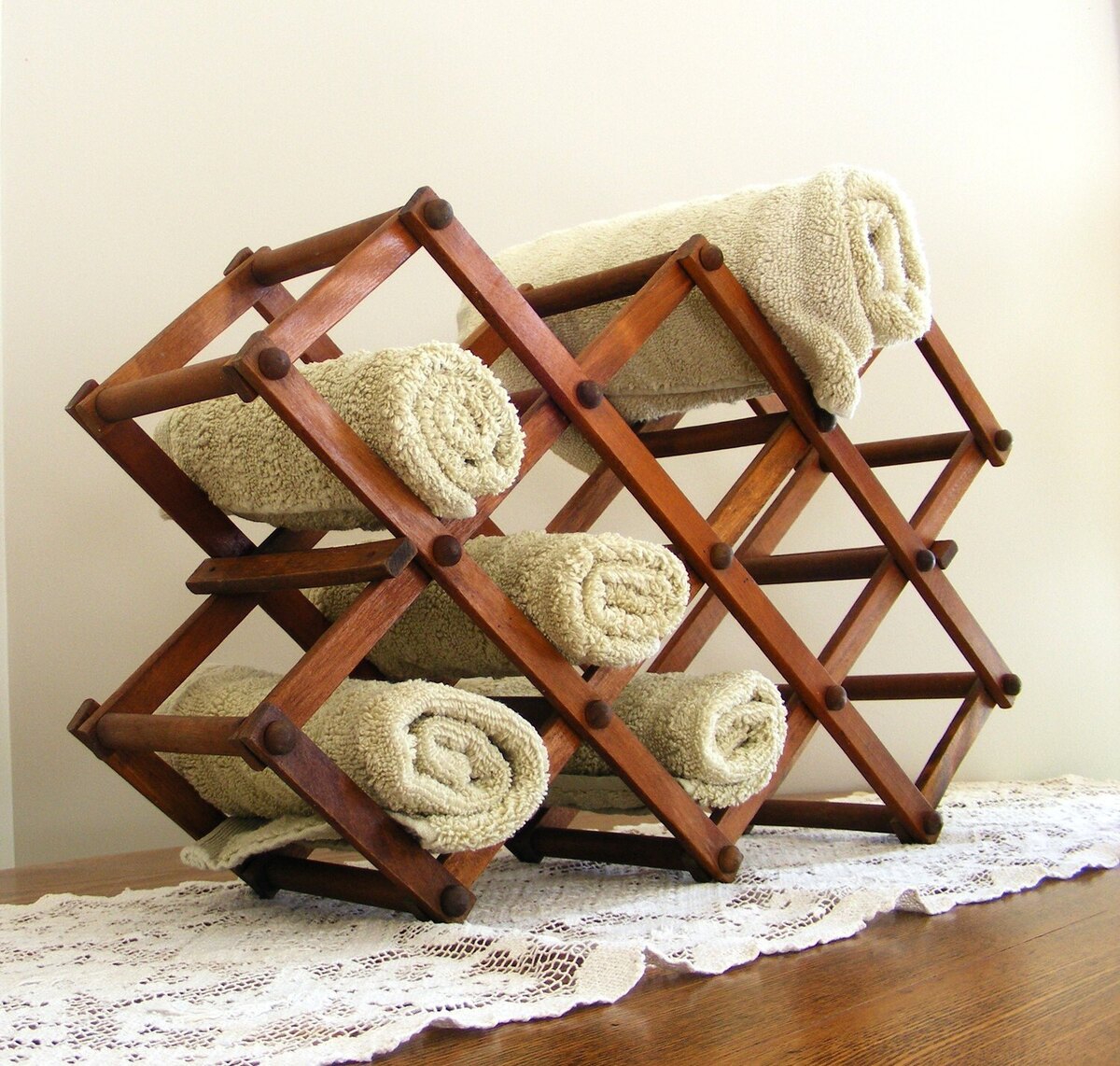
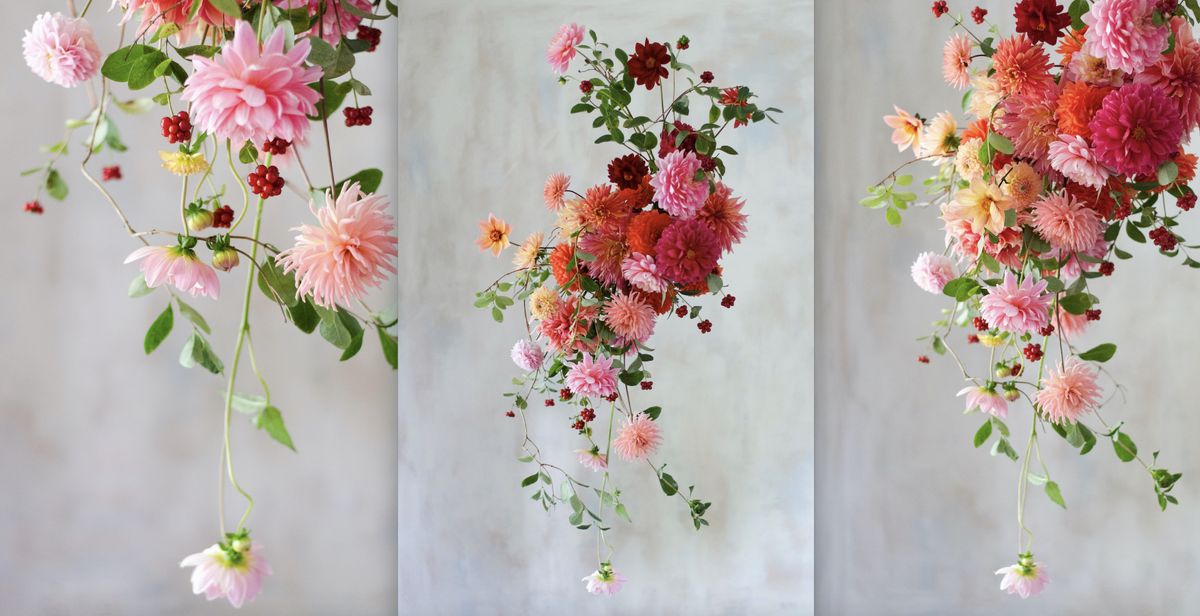
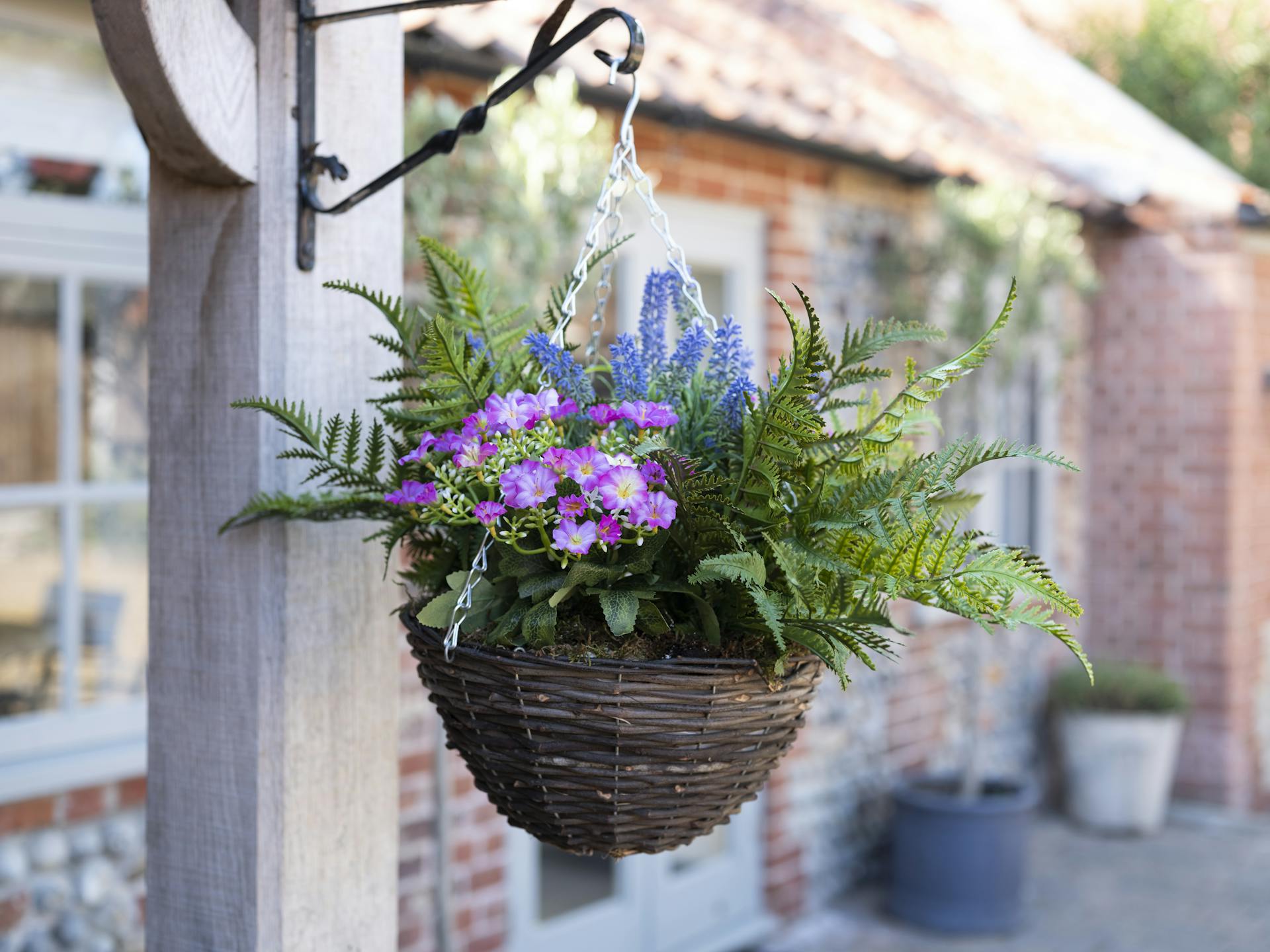

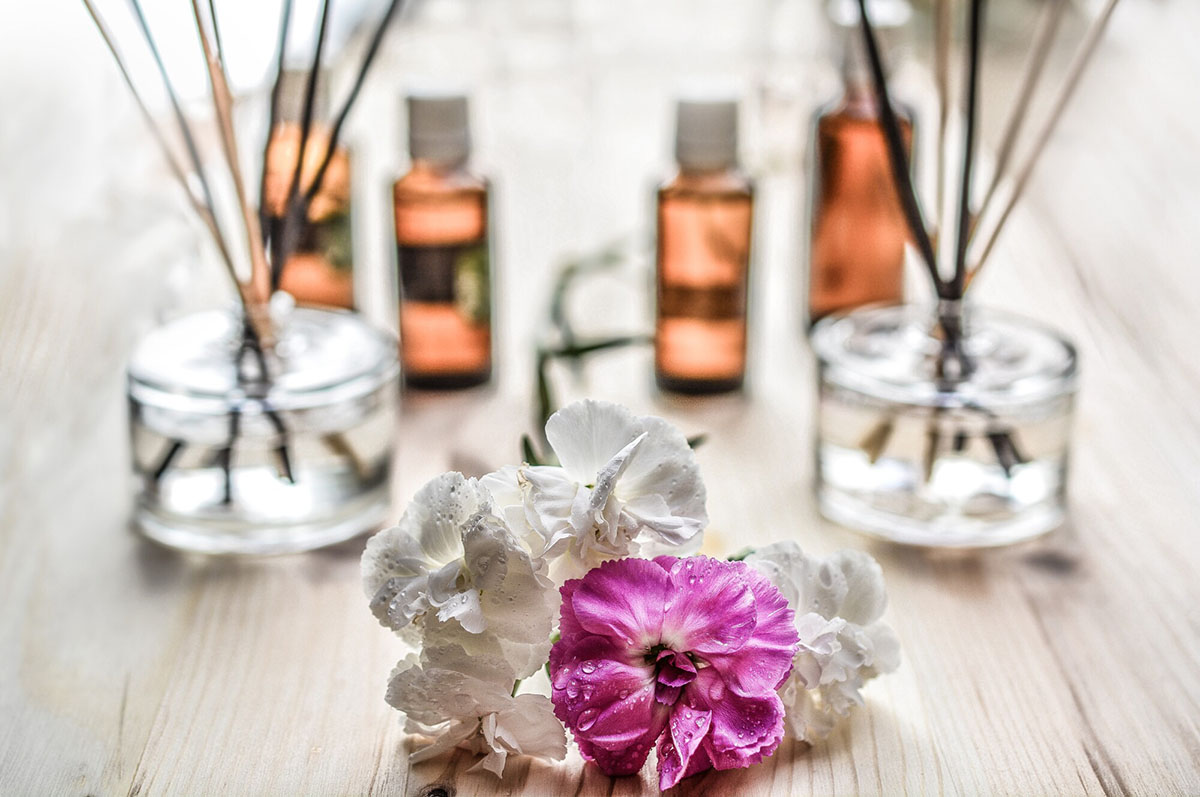
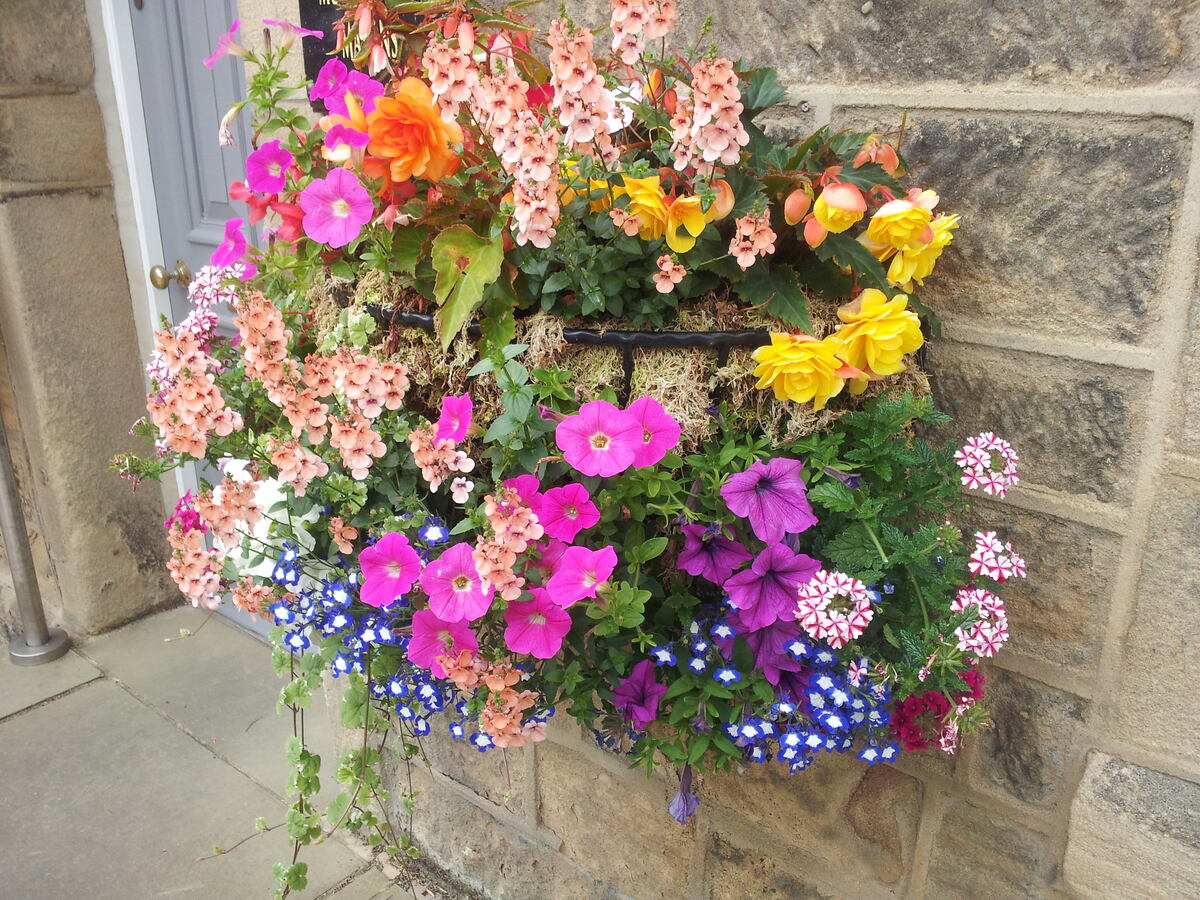
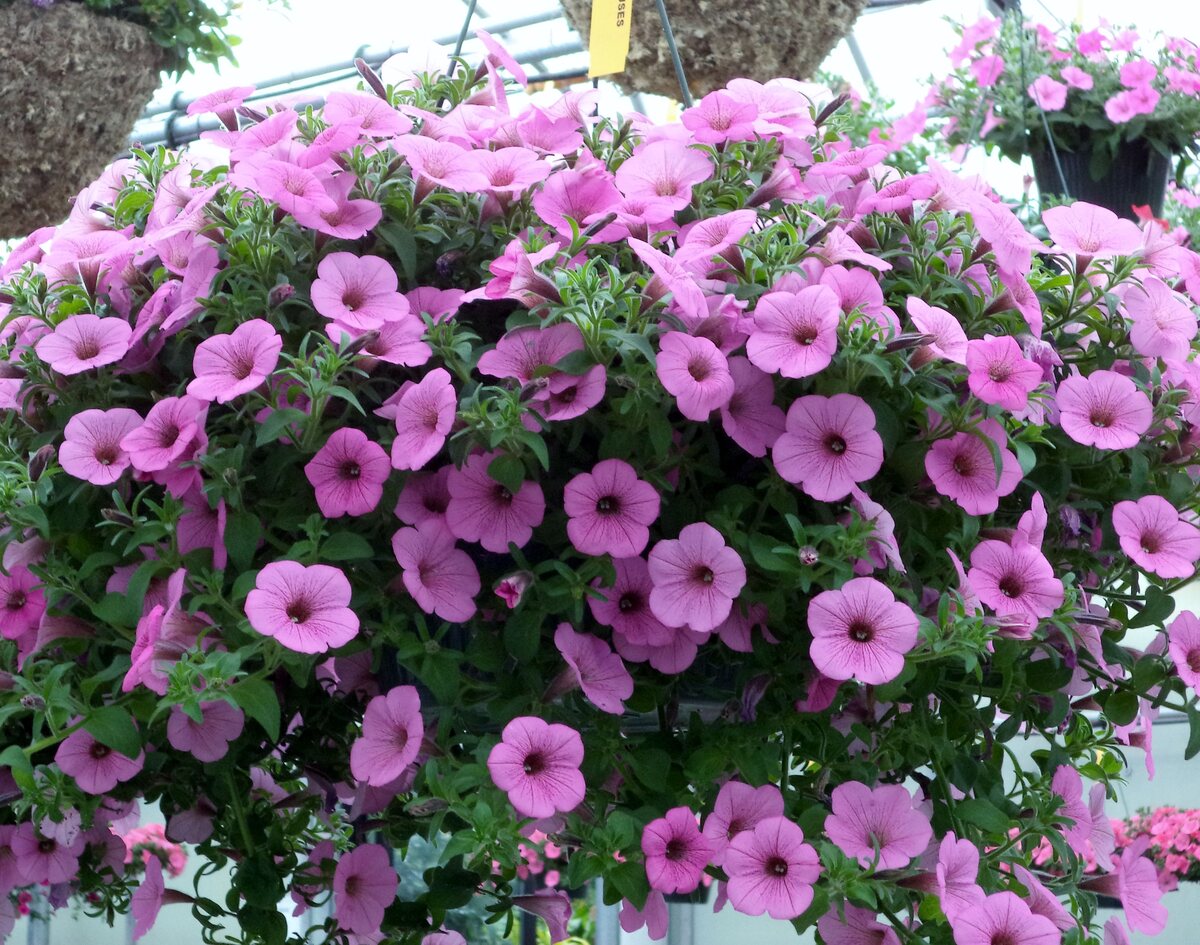
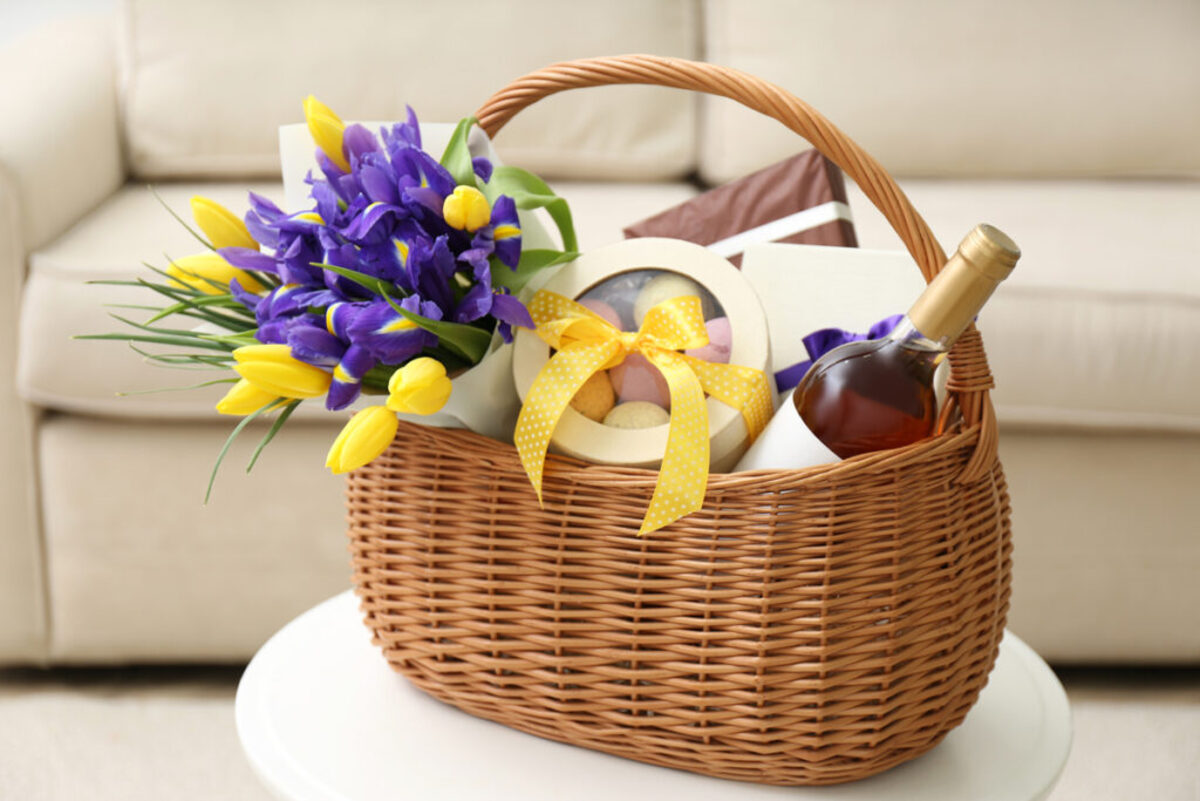
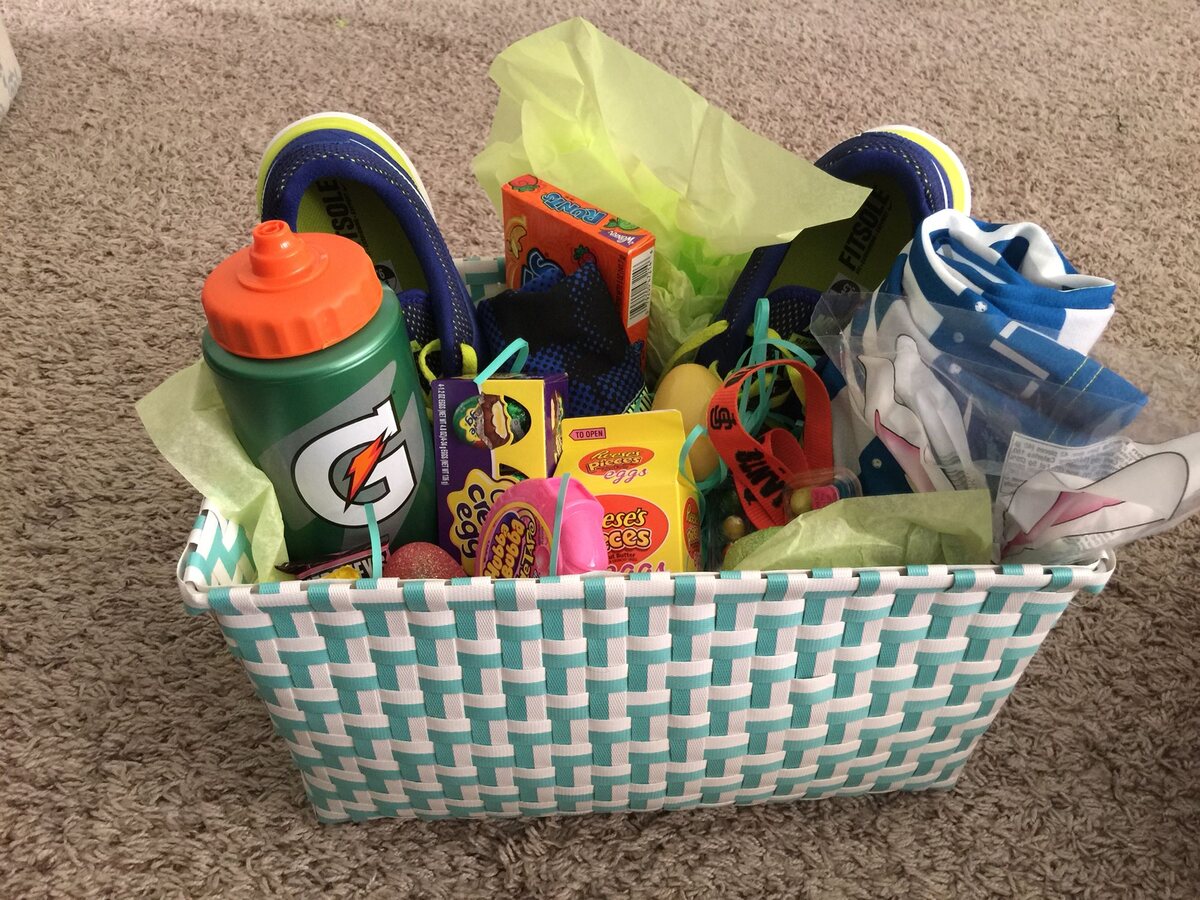

0 thoughts on “What To Put In Hanging Baskets Besides Flowers”